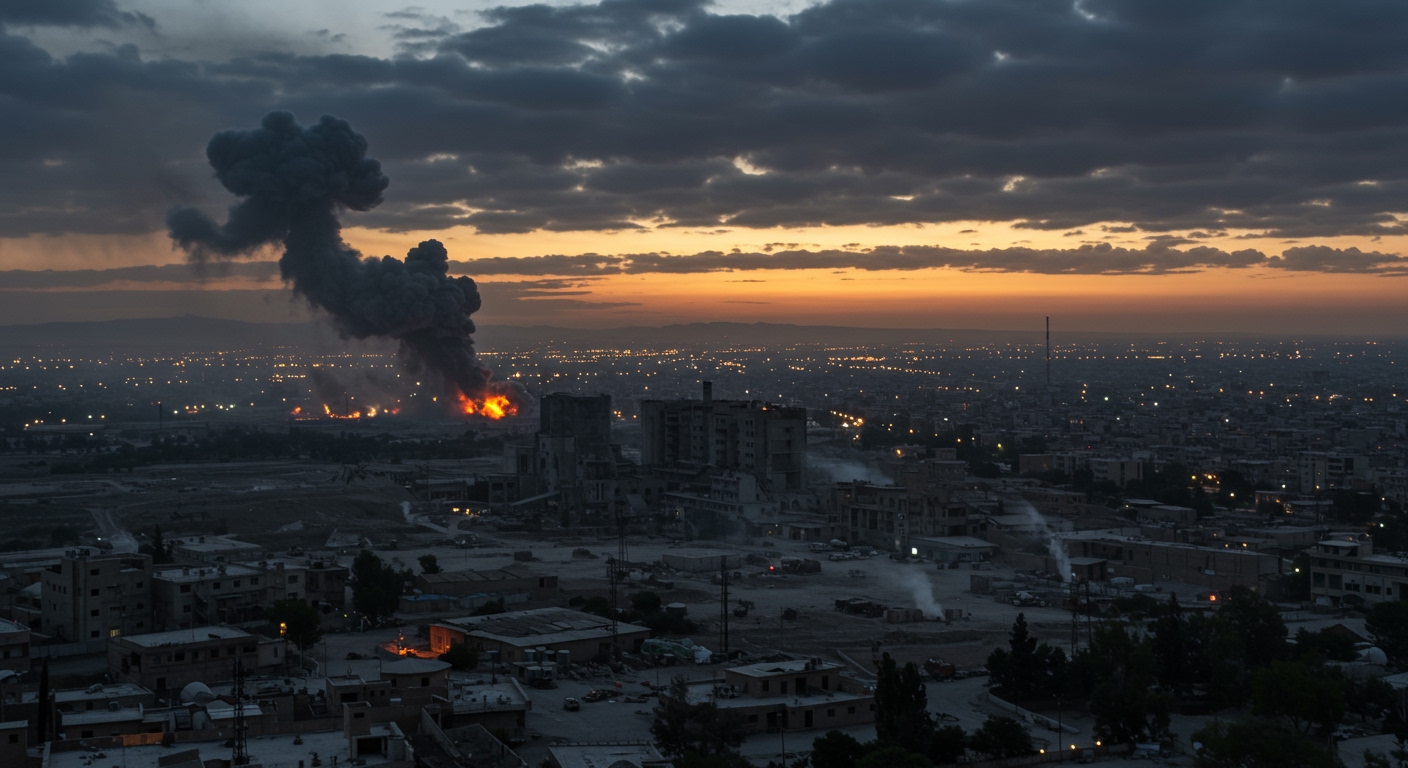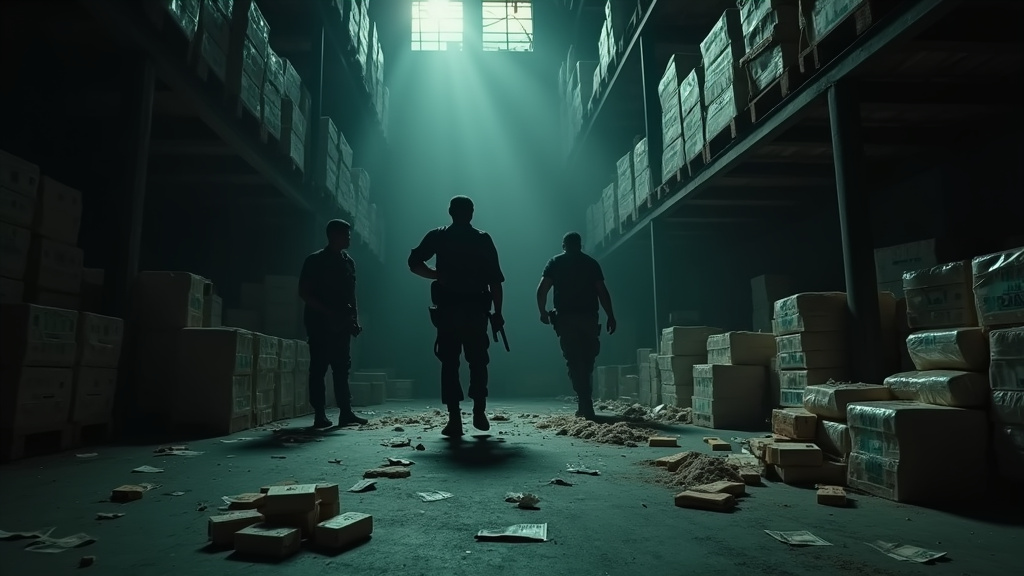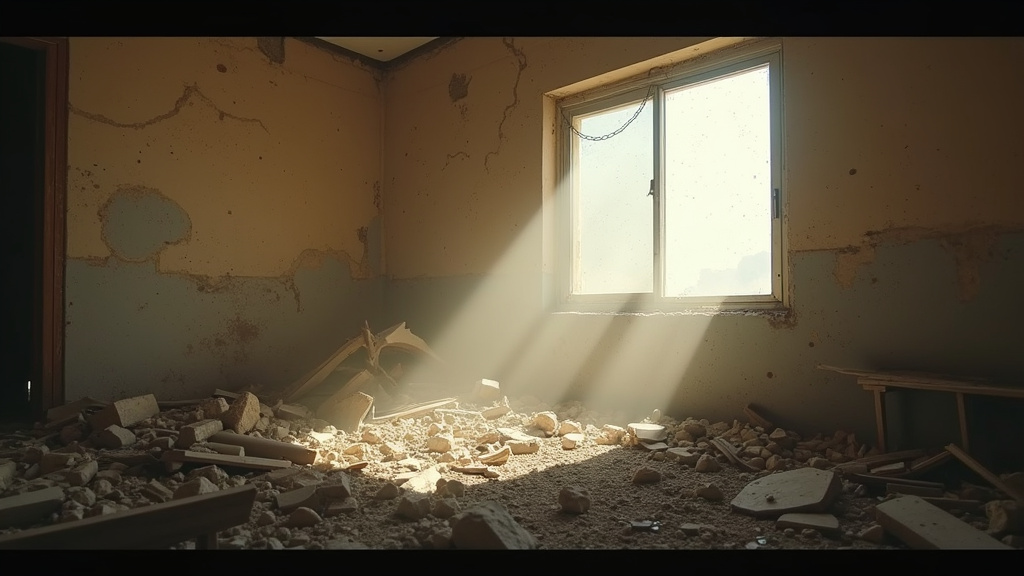June 19, 2025 — The long-simmering conflict between Israel and Iran escalated sharply today, marked by exchanges of missile strikes and increasingly volatile rhetoric that pushed the region closer to wider confrontation. The confrontation reached a critical point with a direct, public threat issued by Israel’s Defence Minister, Israel Katz, targeting Iran’s Supreme Leader.
Escalation and Iranian Strikes
Today’s dramatic escalation began with a barrage of missiles launched from Iran targeting sites within Israel. These strikes resulted in significant damage, including a direct hit on the main Soroka Hospital in Beersheba, located in southern Israel. Residential buildings near Tel Aviv were also struck during this wave of attacks. Initial reports indicated dozens were injured in these specific strikes. The cumulative impact of the day’s escalating exchanges resulted in an overall toll of over 200 wounded.
Iran’s state news agency, IRNA, quickly claimed that the primary target of the missile barrage was the IDF C4I headquarters and a military intelligence camp situated within the Gav-Yam Technology Park, not the hospital. However, the impact on civilian infrastructure, including the hospital, drew immediate condemnation.
A subsequent wave of Iranian missiles also led to explosions reported over major population centers, including Jerusalem and Tel Aviv. At least four distinct impact sites were identified from this later attack.
Israel’s Swift and Severe Response
Israel responded forcefully and rapidly to the Iranian attacks. The Israeli military launched strikes against dozens of sites inside Iran. Among the targets Israel claimed to have hit were significant components of Iran’s nuclear program, specifically the Natanz nuclear site and the Khondab (formerly Arak) heavy water nuclear reactor. Israel also asserted it had destroyed Iran’s internal security headquarters located in Tehran.
Further reports indicated Israeli strikes in the city of Karaj and near Payam airport, west of Tehran, suggesting a broad range of targets were engaged across the country.
Adding an unprecedented layer to the confrontation, Israeli Defence Minister Israel Katz issued a stark and direct threat against Iran’s highest authority. Katz stated that Iran’s Supreme Leader, Ayatollah Ali Khamenei, “cannot continue to exist.” This highly unusual personal threat against a head of state signals a significant shift in Israel’s public posture towards the Iranian leadership.
Israeli Prime Minister Benjamin Netanyahu echoed the severity of the response, stating that Tehran would pay a “heavy price” for its actions.
Uncertain US Involvement
The escalating conflict raised immediate questions about the potential for direct United States military involvement. US President Donald Trump addressed the uncertainty surrounding his administration’s potential response, stating, “I may do it. I may not do it. I mean, nobody knows what I’m going to do.” This statement left observers and allies unclear about Washington’s immediate intentions.
Adding to concerns about potential US readiness, Bloomberg News reported that senior US officials were actively preparing for the possibility of a strike on Iran. Furthermore, there were reports that US aircraft had been dispersed from the Al Udeid Air Base in Qatar, a key regional hub, a move often seen as a preparatory measure in anticipation of potential hostilities.
Within the US, Republican Senator Lindsey Graham publicly urged President Trump to take decisive action, calling for the President to “go all in” and specifically attack Iran’s Fordow nuclear site, another underground facility considered highly fortified.
Regional Implications
Today’s events mark a significant and dangerous turning point in the long-standing hostilities between Israel and Iran. The direct targeting of civilian infrastructure, including a hospital, by Iran, coupled with Israel’s strikes on sensitive nuclear and security sites and the explicit personal threat against Supreme Leader Khamenei, raise the stakes dramatically. With the potential for direct US military action now overtly discussed and reportedly planned for, the region faces a period of extreme tension and unpredictable outcomes.













